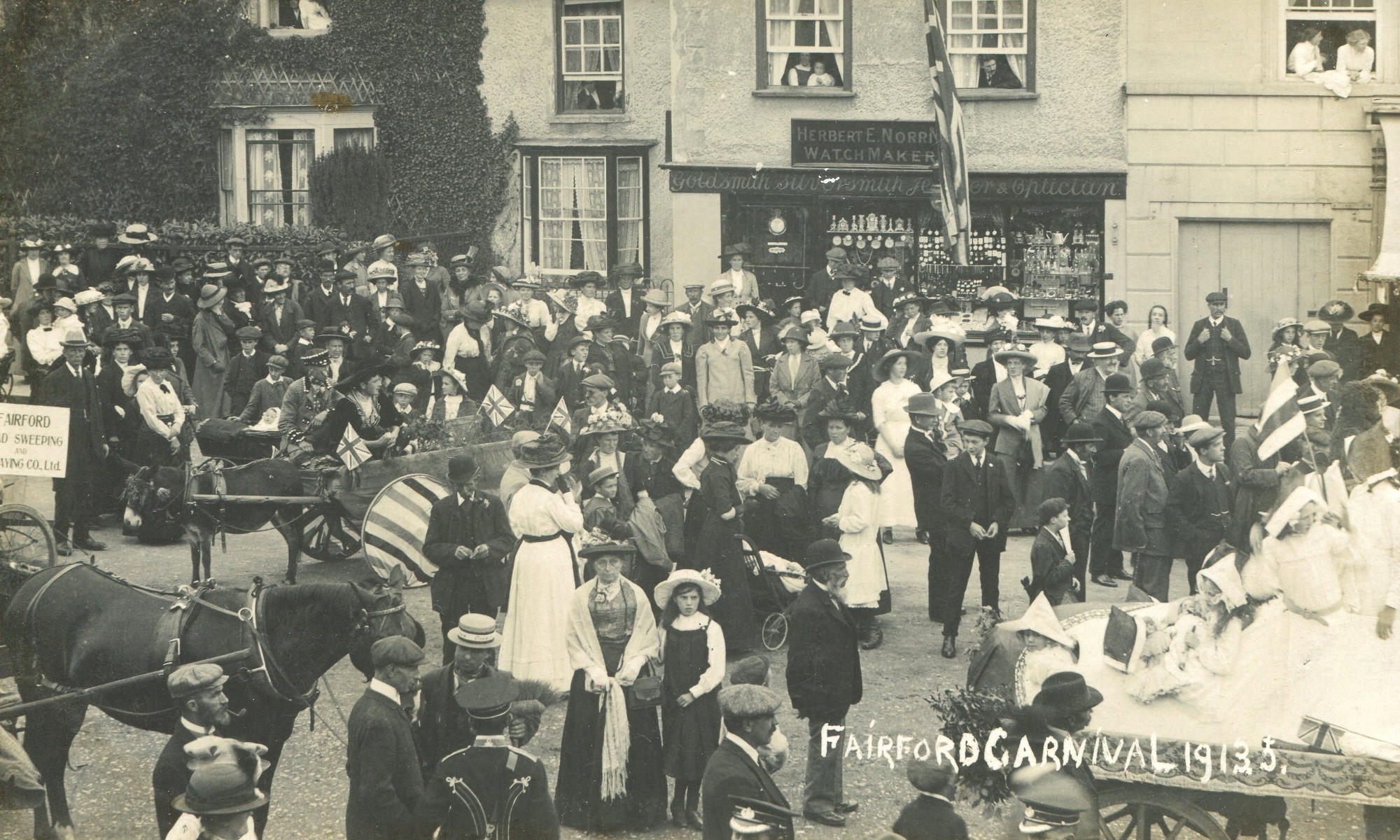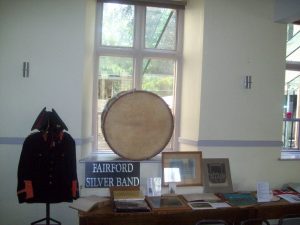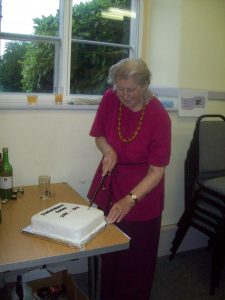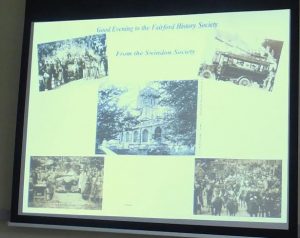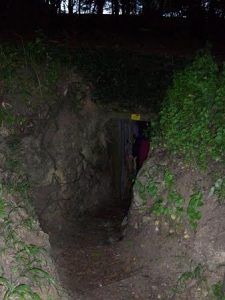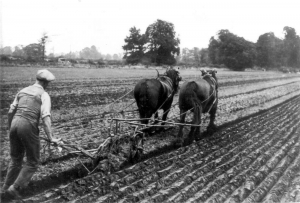‘An awfully nice place for a camp’
Fiona worked as a volunteer at Gloucestershire Archives and was involved with cataloguing and transcribing some of the Hicks Beach collection deposited at the Archives some years ago. The letters described were a small group written home by Michael Hugh Hicks Beach to his mother when stationed on St Helena, 1900-01.
The Second Boer War took place from 1899-1902. The 4th Gloucestershire Battalion were stationed St Helena to guard the South African Boer prisoners where they had been confined in the first so called ‘concentration camps’ (because a lot of people were concentrated in one place).
St Helena is a rocky isle in the Atlantic, 10 miles long. In 1900 it took a six weeks boat trip from England and three weeks from South Africa. Its capital is Jamestown. Usually the island was a supply station for ships in transit, the goods had to be unloaded and loaded from lighters as the big ships could not get close in. If anyone had escaped from the island there was no where to go.
Michael writes home about the conditions in both the soldiers’ camps and the Boers’ camps. At first they were all in just tents but later on the Boers were allowed to build their own huts. He writes abut the food, the Boers were useless as bakers but very good at butchering meat, and there were pictures of them with meat cleavers and carcasses. Some of the pictures came from the Soldiers of Gloucestershire Museum, others from pictures that Michael has taken from the Archives.
At the time Michael’s father was Chancellor of the Exchequer and home was Downing Street. Letters arrived by mail boat every six weeks, but there was also a cattle boat that departed just before or after the mail boat. Michael writes to his father that if he sees the Postmaster General could he ask him to change the timing of the mail boat so they get mail every 3 weeks and it so happened, it was changed.
Fiona talked about the leisure pursuits of the soldiers as boredom was a great problem on the island. As in any community there was the social hierarchy, there was a Governor of the Island and Lady Bathurst with another lady had come out to join her husband, the Colonel-in-Chief; they lived at Longwood House, where Napoleon had been exiled. Michael and Lady Bathurst were good friends and hockey, tennis cricket were among the activities. For the soldiers there were games and competitions.
This was a really interesting, well illustrated talk about a place and event that little was known about. St Helena is getting an airport very soon as the regular ship the RMS St Helena will be retired, hopefully this will bring more benefits and prosperity to the Island.
